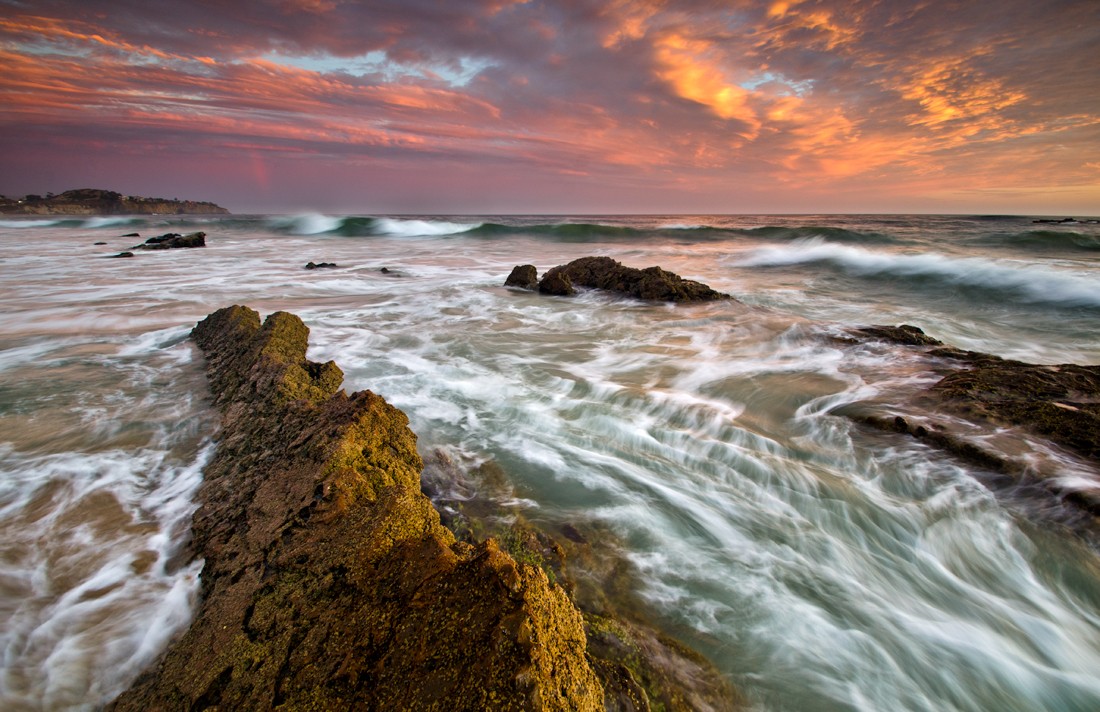spacefuzz
No longer a newbie, moving up!
- Joined
- Jan 18, 2011
- Messages
- 1,832
- Reaction score
- 318
- Location
- Southern California
- Can others edit my Photos
- Photos OK to edit
Follow along with the video below to see how to install our site as a web app on your home screen.

Note: This feature currently requires accessing the site using the built-in Safari browser.
Both... a GND filter doesn't always provide enough range....(at least, never the one I have with me!) lol!
Seems to be a complete misunderstanding what HDR is, how its achieved, or what its supposed to do. Wow after all this time. GND filter????
Hmm I dont think its a mis understanding of HDR at all. What is HDR? High Dynamic Range. What does that mean? Your range (luminence) is broad, usually broader than what your camera sensor can capture (NOT to be confused with tone mapping). What do you do with an HDR scene? You compress the dynamic range for display somewhere (digital or print).
Then does it matter how you compress your dynamic range to end up with a viewable result? Nope.
Would a GND work for this? Yup. A GND reduces your exposure on part of the scene so you can properly expose everything in a single shot. It is the same thing as stopping down to limit light into your camera and take a bracketed exposure.
Do they only work in certain circumstances? Yup, but so what. why would that make them non hdr?
GND's existed long before HDR came about... I was using them in the early 80's for instance! I guess I think of HDR as being an exposure fusion... to cover the areas outside of what the sensor can pickup on a single exposure.
Both... a GND filter doesn't always provide enough range....(at least, never the one I have with me!) lol!
Exactly depends what your shooting. If I am doing seascapes a GND works very well. If I am in the mountains, I usually bracket and merge in post.
But if I do it well you wont be able to tell if its HDR via GND or HDR via blending in photoshop. So if you cant tell, why would it not be HDR?
GND's existed long before HDR came about... I was using them in the early 80's for instance! I guess I think of HDR as being an exposure fusion... to cover the areas outside of what the sensor can pickup on a single exposure.
Yeah GNDs are not new. But they accomplish your statement in bold. so HDR.
GND's existed long before HDR came about... I was using them in the early 80's for instance! I guess I think of HDR as being an exposure fusion... to cover the areas outside of what the sensor can pickup on a single exposure.
Yeah GNDs are not new. But they accomplish your statement in bold. so HDR.
GND's only directly affect the highlights... HDR can actively affect both Highlights and Shadows

But all the data in one shot can be convenient.
[
dark [ dynamic range of scene ] bright
{ range of camera }
[ dynamic range of scene ]
{ range of camera }{GND compression}
result....
[ range of scene ]
{ range of camera }
You can use your imagination for fancy graphics

[
dark [ dynamic range of scene ] bright
{ range of camera }
[ dynamic range of scene ]
{ range of camera }{GND compression}
result....
[ range of scene ]
{ range of camera }
You can use your imagination for fancy graphics
Use your fancy GND on this one:

why the hostility?